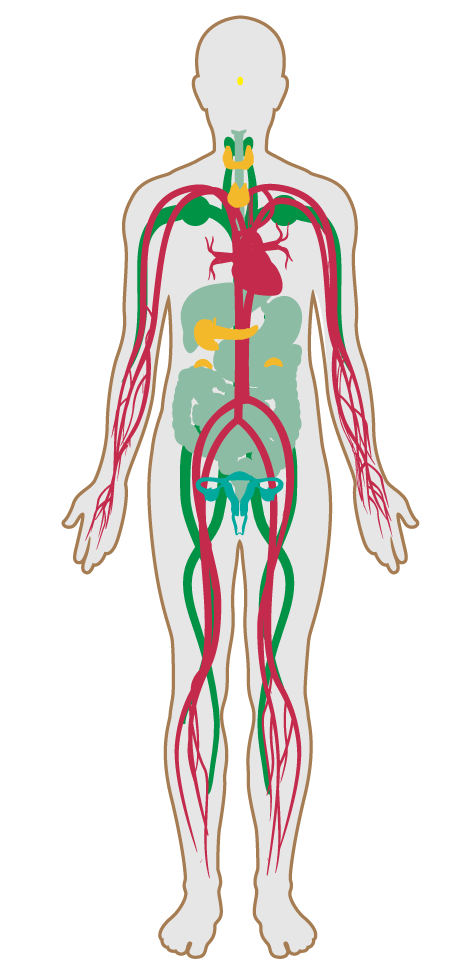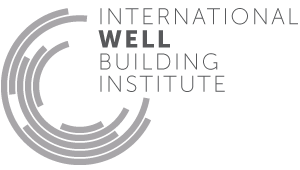Stress and addiction treatment
- 83 Radiant thermal comfort
- 84 Health and wellness awareness
- 85 Integrative design
- 86 Post-occupancy surveys
- 87 Beauty and design I
- 88 Biophilia I - qualitative
- 89 Adaptable spaces
- 90 Healthy sleep policy
- 91 Business travel
- 92 Building health policy
- 93 Workplace family support
- 94 Self-monitoring
- 95 Stress and addiction treatment
- 96 Altruism
- 97 Material transparency
- 98 JUST organization
- 99 Beauty and design II
- 100 Biophilia II - quantitative
- 101 Innovation feature I
- 204 Impact reducing flooring
- 205 Health through housing equity
95. Stress and addiction treatment
An important and complex relationship exists between our mental and physiological states. Chronic stress adversely impacts the body, from the nervous to the cardiovascular system. Substance addiction is one of the most damaging manifestations of stress, combining the toxicity of the substance itself with the mental distress associated with social stigma and/or attempts to quit. In recent years, refinements in addiction treatment and stress reduction therapies, as well as pharmacological interventions have been successful in helping to mitigate these debilitating conditions.
This feature can complement other workplace wellness programs to help reduce employee stress levels, diminish addictive tendencies and prevent relapses.
Certified regularly occupied projects, as per IWBI, provide:
A stress management program is made available to occupants through:
A program that addresses psychological and behavioral distress must be made available to students through the provision of one of the following:

Applicability Matrix
| Core & Shell | Tenant Improvement | New Construction | |
|---|---|---|---|
| Part 1: Occupied Space | - | - | - |
| Part 2: Stress Management | - | O | O |
| Part 3: Mind and Behavior Support for Students | - | - | - |
| Commercial Kitchen | Schools | Multifamily Residential | Restaurant | Retail | |
|---|---|---|---|---|---|
| Part 1: Occupied Space | - | - | - | - | - |
| Part 2: Stress Management | - | P | - | O | O |
| Part 3: Mind and Behavior Support for Students | - | P | - | - | - |
Verification Methods Matrix
| Letters of Assurance | Annotated Documents | On-Site Checks | |
|---|---|---|---|
|
PART 2 (Protocol) Stress Management |
Policy Document | ||
|
PART 3 (Protocol) Mind and Behavior Support for Students |
Architect | Architectural Drawing |
| 95.1.a |
The EAPA Standards and Professional Guidelines recommend Employee Assistance Programs with short-term counseling, referrals, and follow-up services for employees who have personal and work-related concerns or issues. |
